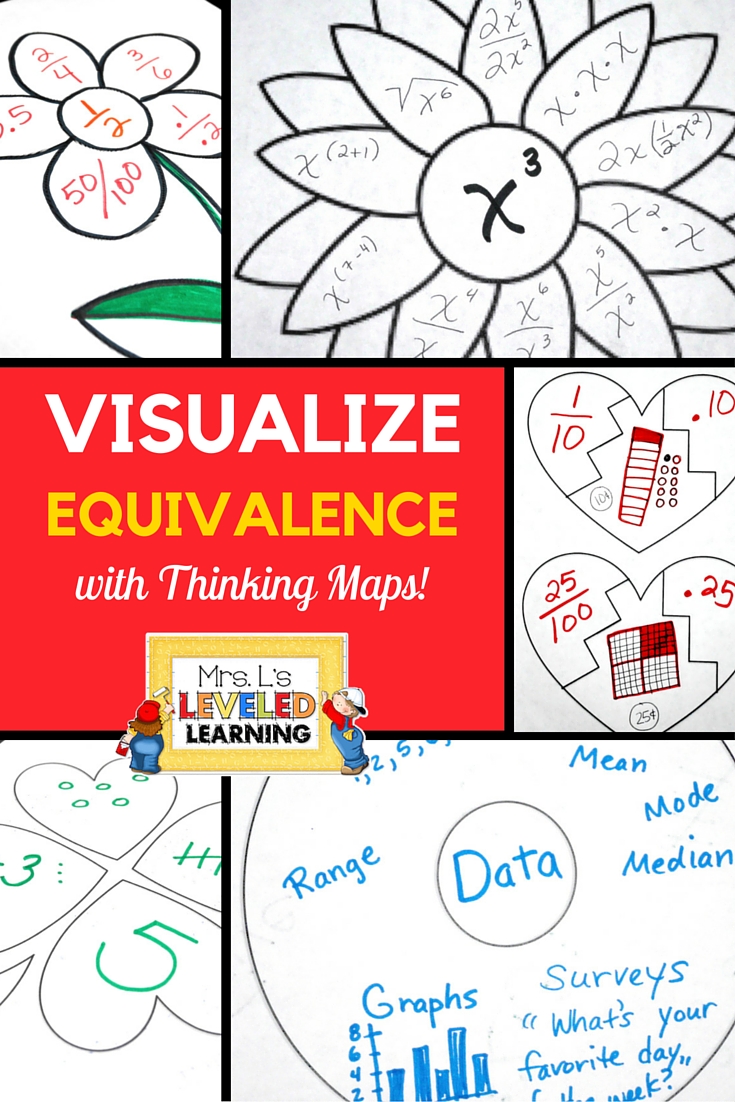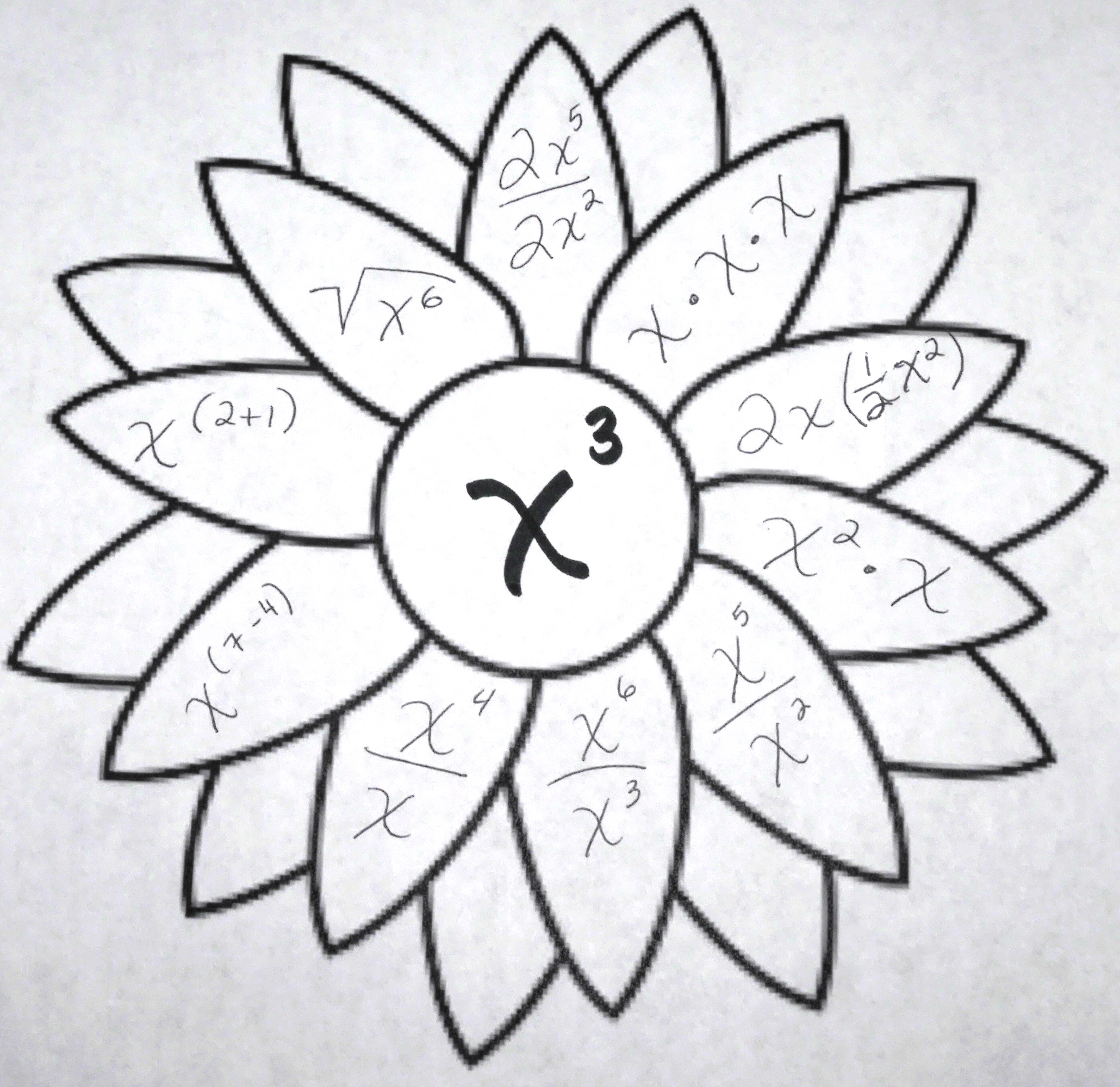Throughout the various strands or domains of Mathematics there are common threads, similar to themes in Language Arts. Equivalence: a Big Idea in Mathematics is one of the biggest and most fundamental concepts in every subtopic. Whether you’re dealing with operations, fractions, decimals, geometry, visual representations, statistics or algebra; equivalence plays a huge role. Here are some fun open-ended equivalence activities for your classroom. You may use them to integrate multiple math strands, review content, pre-assess or post-assess student knowledge.

Equivalence is defined as: “Any number, measure, numerical expression, algebraic expression, or equation can be represented in an infinite number of ways that have the same value.” – NCSM Journal
Start out with your students by reviewing what equivalence means and go through a couple of examples. Then have students brainstorm and record their ideas on paper. Students can work as small groups, pairs, or individuals depending on your purpose for the activity. (Sharing ideas with peers can expand their thinking, but individually is the only way to go if you hope to pre- or post-assess them). I like to use graphic organizers to help students make visual connections to their invisible thought associations. Here are some enlarged examples below.
For younger grades (K-3) have students identify 3-4 examples of representations that are equivalent to whatever content you’ve chosen to start with. It’s fun to integrate this activity into a holiday-themed graphic organizer.




For older grades (4-8) have students create as many examples as they possibly can using a more open graphic organizer.



I was always amazed to see what examples my students came up with. It can be very insightful when you are deciding what content to review or extend with your class or specific individuals. It’s also a quick and easy extension activity for your high-achieving kids. These graphic ideas were inspired by Thinking Maps, a program using open-ended graphics connected to specific cognitive tasks (brainstorming, defining, describing, compare/contrast, sequence, cause/effect, etc.).
If your school uses a Marzano Framework for teacher evaluations or classroom practice, you may be interested in my formal resources for presenting and assessing Math and ELA content with Marzano Scales. Click on my FREEBIES or STORE tabs above to see what it’s about!
Thank you to Whitney G. for her recent comments regarding




